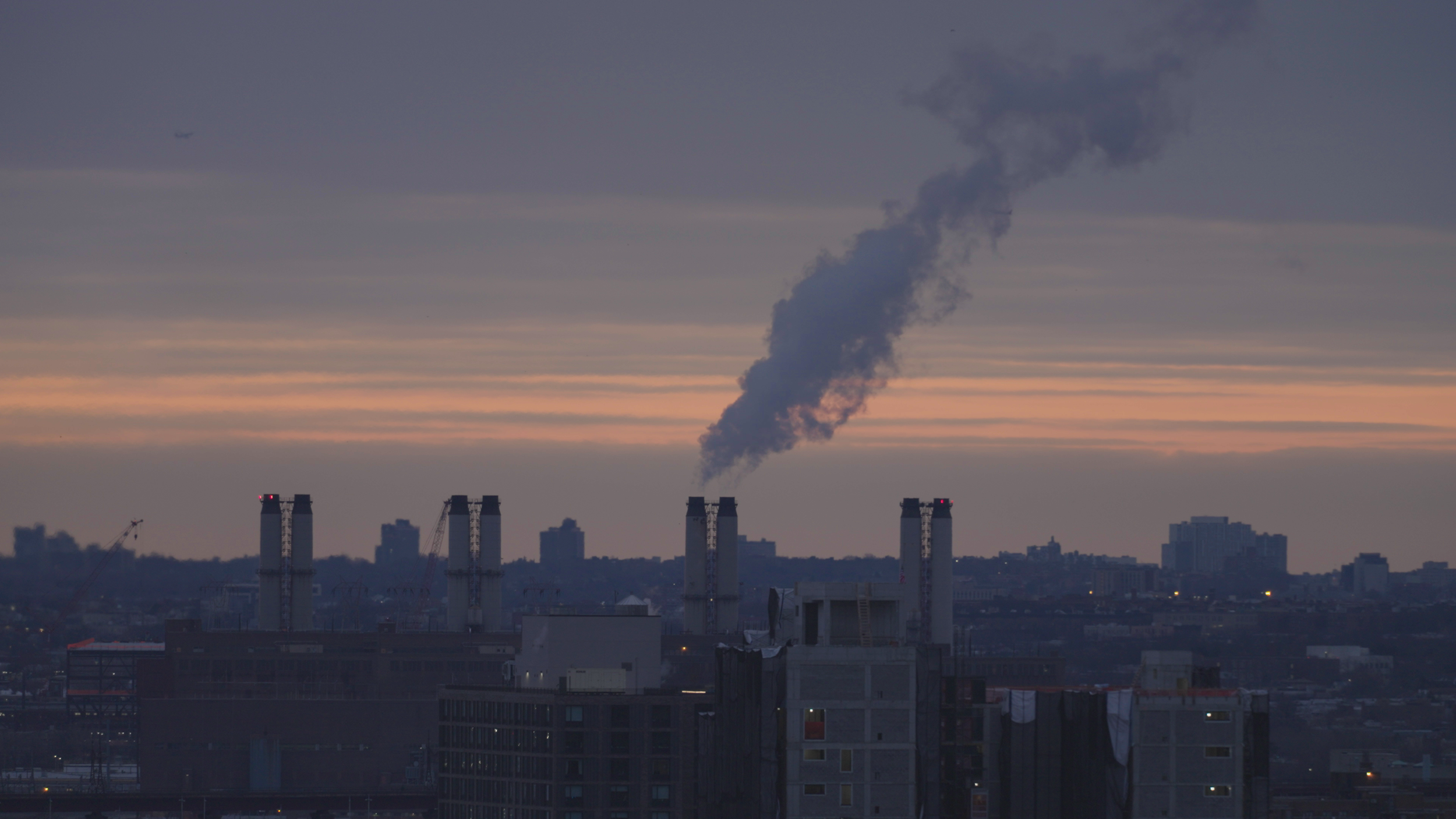To combat climate change, scientists are working to remove carbon dioxide from the atmosphere.

About half of all the CO2 humans have ever emitted still hangs over our heads, literally. Since the Industrial Revolution began, that totals nearly 1,000 metric gigatons stuck in the atmosphere.
Now, scientists are working around the clock to create all sorts of new, innovative technologies to suck that CO2 back down. The holy grail would be reversing it all: finding a way to remove as much CO2 from the atmosphere as we’ve put in.
Direct air capture is one such sci-fi-esque method to literally pull CO2 right out of the air. Featured in the NOVA documentary “Can We Cool the Planet?”, Climeworks is a Swiss start-up specializing in this type of negative emissions technology. Their direct air capture technology uses filters with highly reactive chemicals called amines to catch even the smallest concentrations of CO2 from the air. After the filters are heated, the bonds are broken. Then, pure concentrated CO2 can be extracted, about three-quarters of the CO2 originally sucked in. But what do you do with it afterwards?
One answer is to put the CO2 where it originally came from: right back into the ground. Basalt is one type of porous rock that readily bonds with CO2 over a time scale of centuries. But the Icelandic company CarbFix has found a way to shrink this timeline to less than two years. The key is to dissolve the gaseous CO2 into water. Then, the fizzy water is injected into basalt. Once inside the rock, the dissolved CO2 reacts with metals in basalt to form new solid minerals like calcium carbonate. Most importantly, the carbon can then stay inside the rock forever.
But if the promise of negative emissions technologies sounds too good to be true, that’s because it partially is. As of now, it’s nearly impossible to scale them up to a meaningful amount. They’re too expensive and require too much energy for a favorable tradeoff. Unfortunately, there’s no giant vacuum that can hoover up all the fossil fuel emissions of the world just yet.




